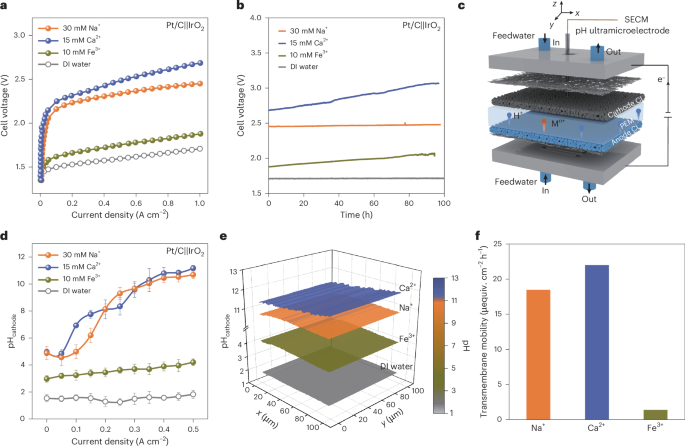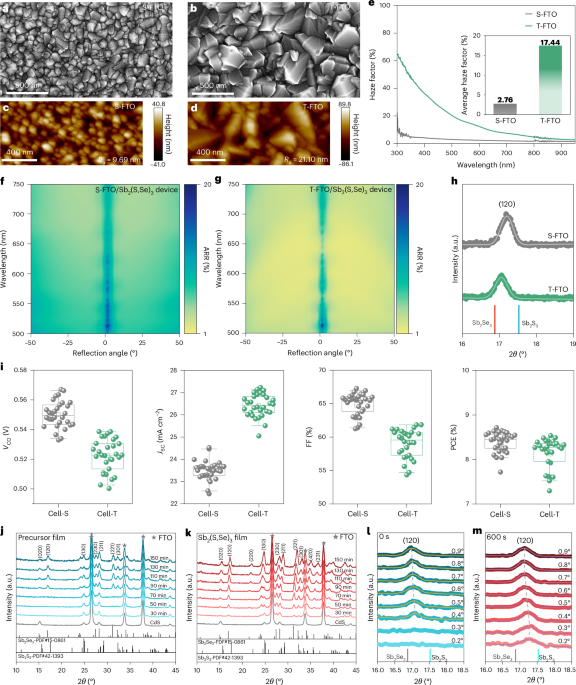Tariffs and Transparency: Navigating Investor Expectations on Executive Pay Changes
The U.S. “Liberation Day” announcement on April 2, 2025, introducing broad global tariffs, followed by pauses, adjustments and international agreements, has sparked significant market volatility. While recent trade agreements have tempered initial concerns, ongoing negotiations and administration positions, including those on regional tariffs and tariff related price hikes, signal continued uncertainty. In this environment, visibility […]

Sydney Carlock is a Managing Director, and Martha Carter is the Vice Chairman & Head of Governance and Sustainability at Teneo. This post is based on a Teneo memorandum by Ms. Carlock, Ms. Carter, Matt Filosa, Sean Quinn, and Diana Lee.
The U.S. “Liberation Day” announcement on April 2, 2025, introducing broad global tariffs, followed by pauses, adjustments and international agreements, has sparked significant market volatility. While recent trade agreements have tempered initial concerns, ongoing negotiations and administration positions, including those on regional tariffs and tariff related price hikes, signal continued uncertainty. In this environment, visibility into expected payouts from executive compensation programs will be limited, which may prompt some boards to consider adjustments to targets or awards.
This situation is not unlike other periods of disruption, and valuable lessons can be drawn from historical precedent. While compensation committees need flexibility to respond to shifting, unforeseen conditions, proxy advisors and investors will closely monitor such pay decisions for alignment with shareholder outcomes. Committees must carefully evaluate the potential governance and reputational implications of any adjustments. Below, we outline historical context, proxy advisor perspectives and six emerging factors for boards to consider when evaluating executive pay changes.
Exceptional Pay Actions During Periods of Economic Disruption Have Historically Drawn Scrutiny
Current volatility reflects the uncertainty seen during the early stages of the COVID-19 pandemic, which led to widespread incentive payout adjustments and goal resetting, as well as during the 2008 Great Recession, when many companies issued discretionary retention bonuses. However, these actions drew criticism from investors and stakeholders who objected to insulating executive compensation at a time when investors suffered losses and the broader population experienced economic hardship.
Indeed, pandemic-related compensation adjustments were a key factor behind historically low say-on-pay support in 2022 and the highest rate of say-on-pay failures in over a decade. The pay practices contributing to the Great Recession also led to sweeping disclosure regulations, including Dodd-Frank’s requirement for an advisory say-on pay vote. Likewise, the mid-2000s stock option backdating scandals prompted heightened regulatory scrutiny and greater transparency in disclosures. These crises have shaped both regulation and investor expectations around executive compensation.


















































































































































